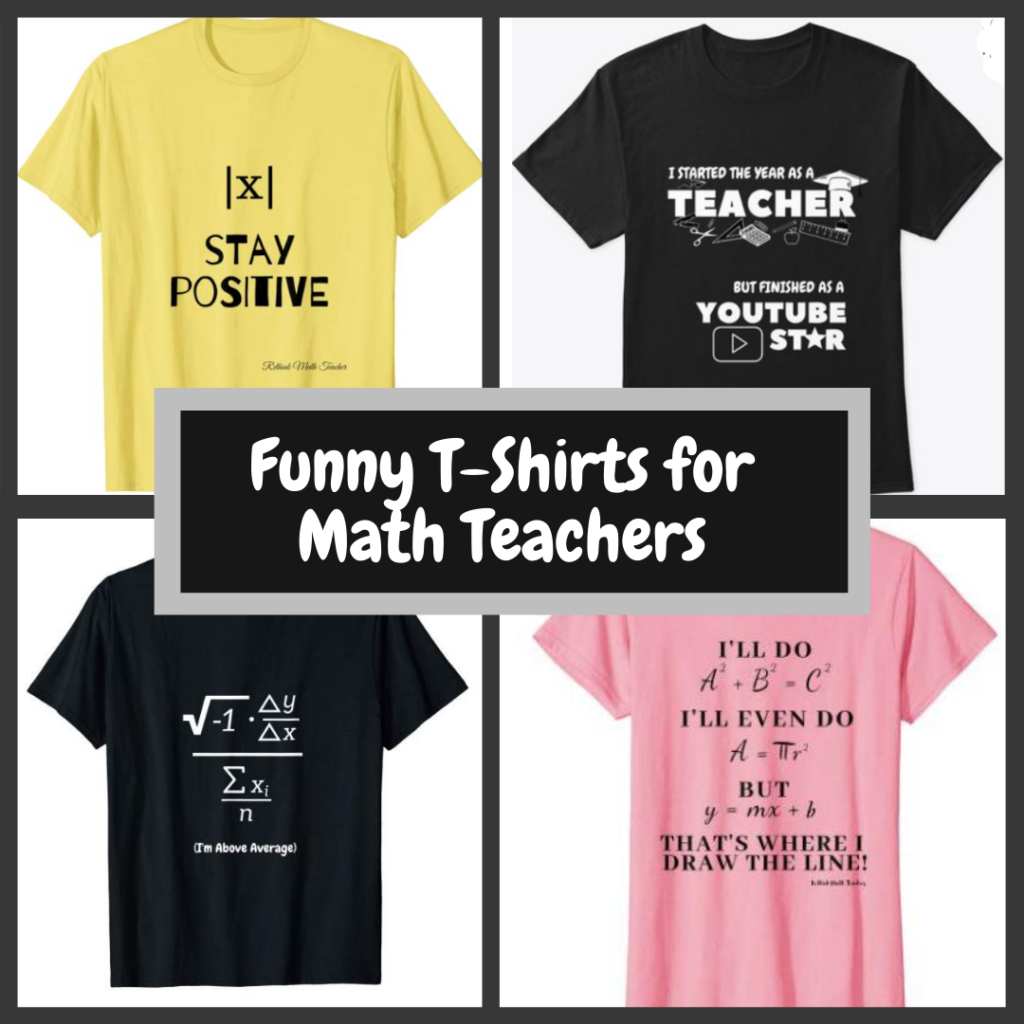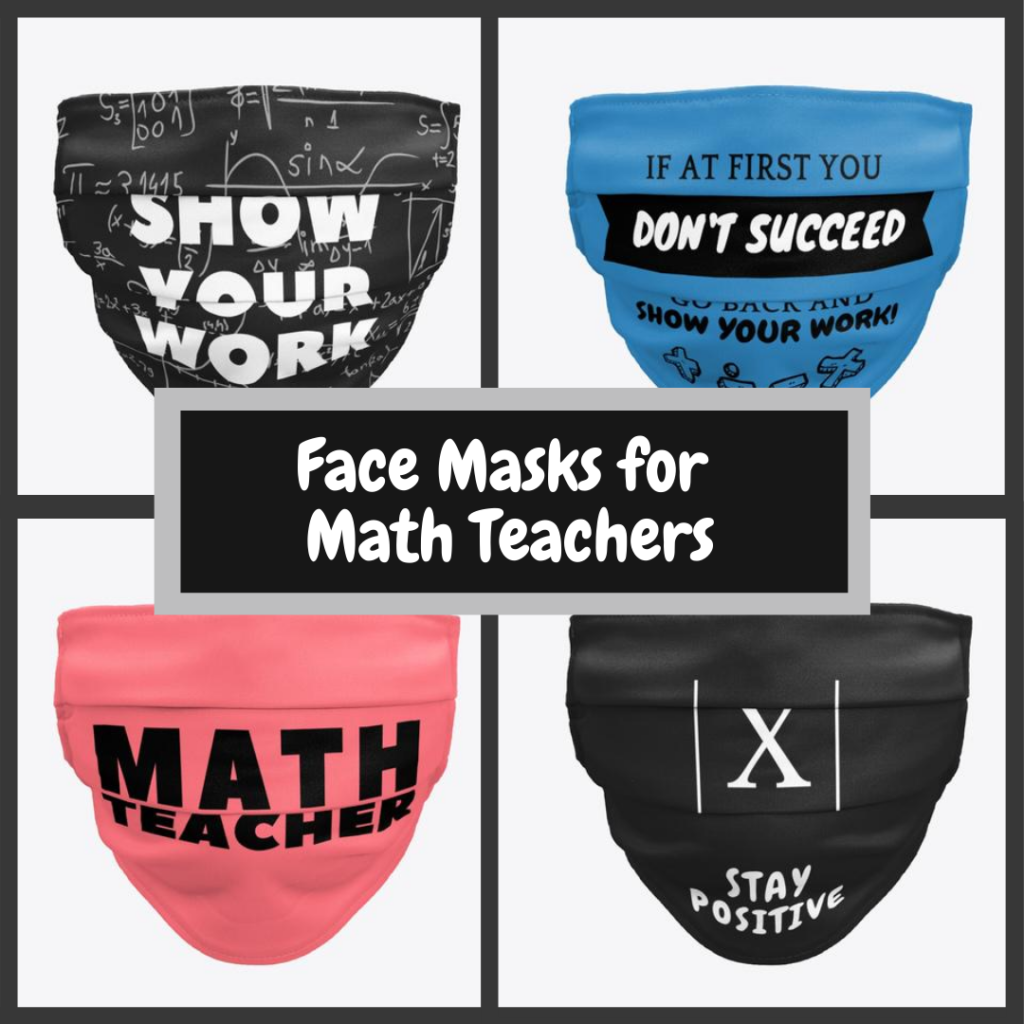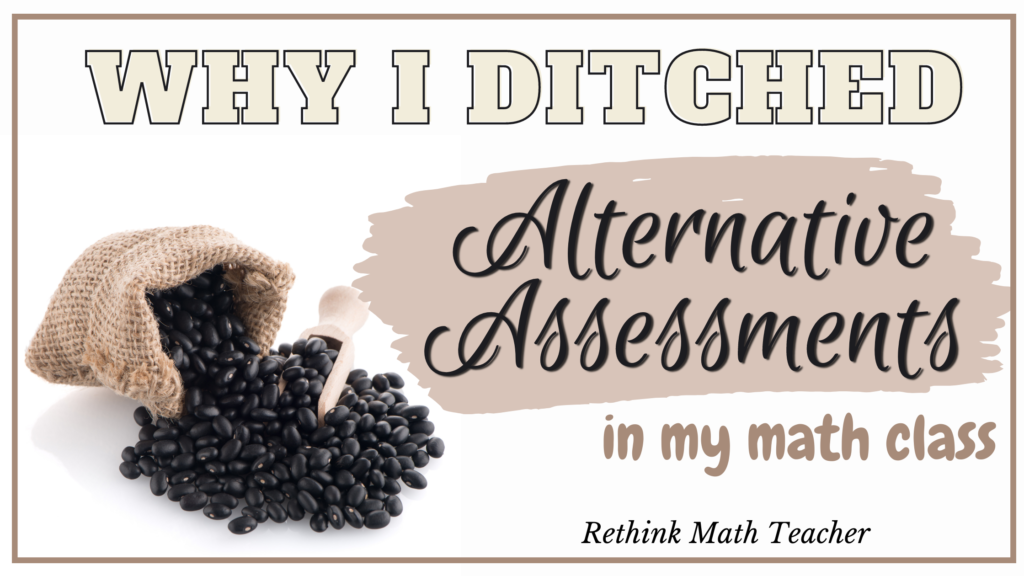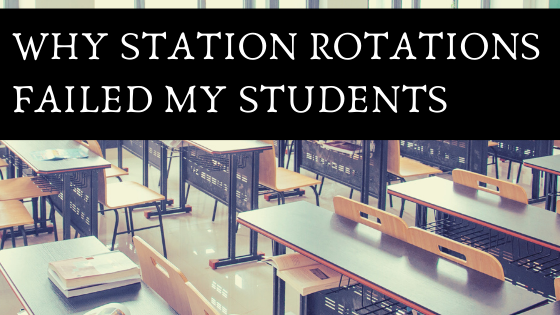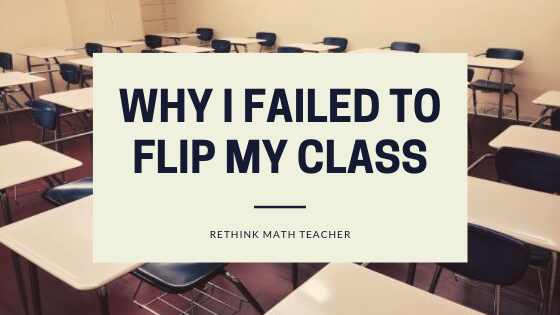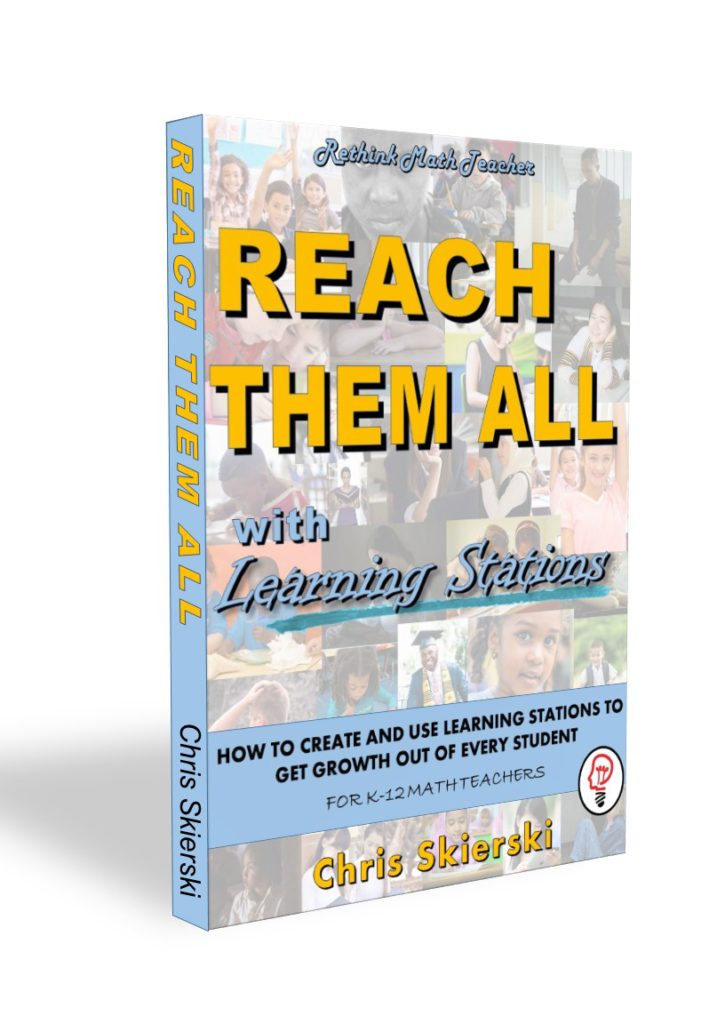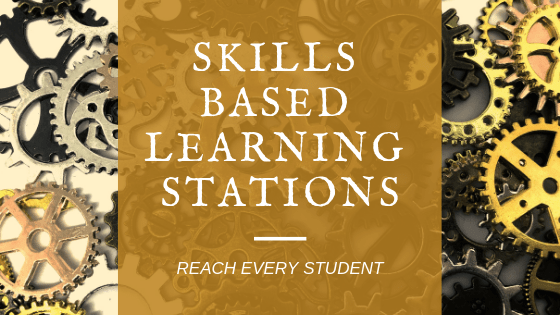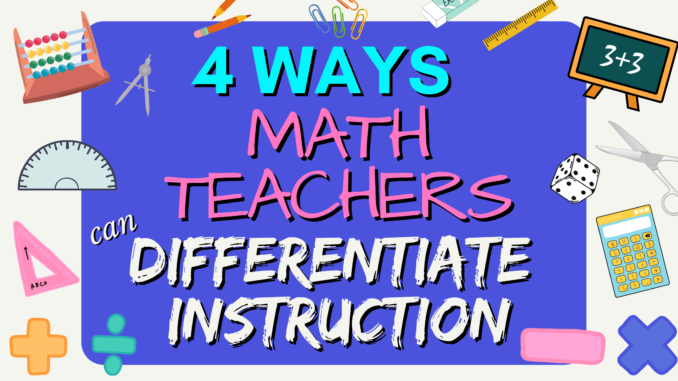
Differentiated instruction is the new educational buzzword. However, there are different ways to do so. Often, administrators and teachers will use the same words but have completely different meanings. Here are four different ways you can differentiate instruction in your math class, and some of the pros and cons associated with each.
1 – Alternative Assessment
A common way to differentiate instruction is to provide students with alternative test-taking methods. Instead of using a paper-based test, teachers are encouraged to provide students with other ways to demonstrate mastery of the content being covered.
For example, students could complete a project, create their own teaching lesson, build a presentation, or solve a real world problem.
From this has also stemmed the idea of project based learning, where students discover the concepts they are supposed to learn through a task (or series of tasks) instead of the teacher just presenting the material and then having students memorize it.
Pro’s of Alternative Assessments
The benefits of alternative assessments are noteworthy. For starters, many learners have test taking anxiety or learning differences that make the traditional form of test taking a challenge. Providing a different method to demonstrate comprehension can be a huge benefit to these students.
Besides this, projects lend themselves to higher forms of engagement. Students will enjoy the creative side of these type of assignments, which will increase their comprehension levels and decrease classroom management issues.
The final benefit we will address here is that these type of assignments help tie the mathematical concept being learned to real world applications. This again increases engagement and helps with student comprehension
Con’s of Alternative Assessments
Alternative assessments can be a large benefit for your students, however, not using them correctly can have large negatives that outweigh these benefits.
For starters, there is a large time demand that such projects consume. It takes a long time to setup, get the materials, and to teach students how to complete the task. All of this time could be better spent practicing the math concepts your students have not yet mastered.
This is especially true for your students who have not mastered the concept at the time of the alternative assessment. Instead of diagnosing their inability and then being able to provide a reteach, you are losing valuable classroom time on an activity that will have no academic benefit to them.
Also important to note is that your students will take tests the rest of their academic careers and likely, also, into their professional ones. So not being a “good test taker” does not mean we should abandon them, since they will be part of their lives. Instead, invest time in helping them become good test takers.
Finally, as your math level increases, finding real-world projects becomes increasingly difficult since the concepts become less concrete and more complex. It’s not realistic to think you will have these types of alternative assessments available and easy to produce in your classroom.
Conclusion and Recommendation
Alternative Assessments are great. They’re fun, engaging, and help make real world connections (especially in lower math grades). However, if your students have not already mastered the math concept, they are often not a good use of time.
I would recommend using Alternative Assessments and Projects as extension activities for students who have already demonstrated proficiency. And for those who have not, invest that time in providing them proper reteaches and increased interventions, as opposed to having them participate in an activity that they will not understand, nor benefit from.
For more information on why I Ditched Alternative Assessments, read this article
2 – Station Rotations
AKA Math Centers
Math centers involve students completing different tasks on the same skill in different areas of the room as part of a small group of students. Each group works on one activity for a set period of time, and then usually rotates to the other stations.
Normally, one of these stations involves time with the teacher, who works with the small group of students on a skill. The other stations are normally some type of practice – and hopefully one of these involves technology so the student can get immediate feedback.
Pro’s of Station Rotations
Math Centers allow teachers to work more closely with a small group of students. This more intimate setting allows the teacher to recognize student deficiencies and correct them more quickly than in the large group setting. It also is often less intimidating for students to ask questions, so they are often more engaged when working with the teacher.
This type of teaching format also is a great way to integrate technology in the classroom, especially if you don’t have a 1 to 1 ratio of devices to students. Using technology for practice problems also is a great way to provide immediate feedback, which is a powerful teaching tool. And since the teacher is working with a small group of students, she too is better able to provide immediate feedback.
Finally, math centers force chunking (another healthy teaching strategy) and it gets students moving around the room!
Con’s of Station Rotations
The first issue this type of learning environment can create is classroom management. Since students are often flying solo in a math center, it is easy for them to get off task or not participate. And since the teacher is not there to monitor them, they can easily sabotage others, not do the work, or misbehave without being corrected. Or, if the teacher does see it, and addresses it, the small group she is working with is left with nothing to do.
Also, if the teacher does not have technology, he often resorts to providing worksheets in his centers. If he does, and does not provide answer keys, students will not get the immediate feedback they need while they are doing their work to make sure they are learning the skill correctly.
My larger issue with this type of differentiated instruction is that it does not account for the students who lack the prerequisite skills necessary to do the work in the center. For example, if the centers are all on adding fractions, but one student still doesn’t know how to convert fractions to common denominators, he will not be able to do the work in the station.
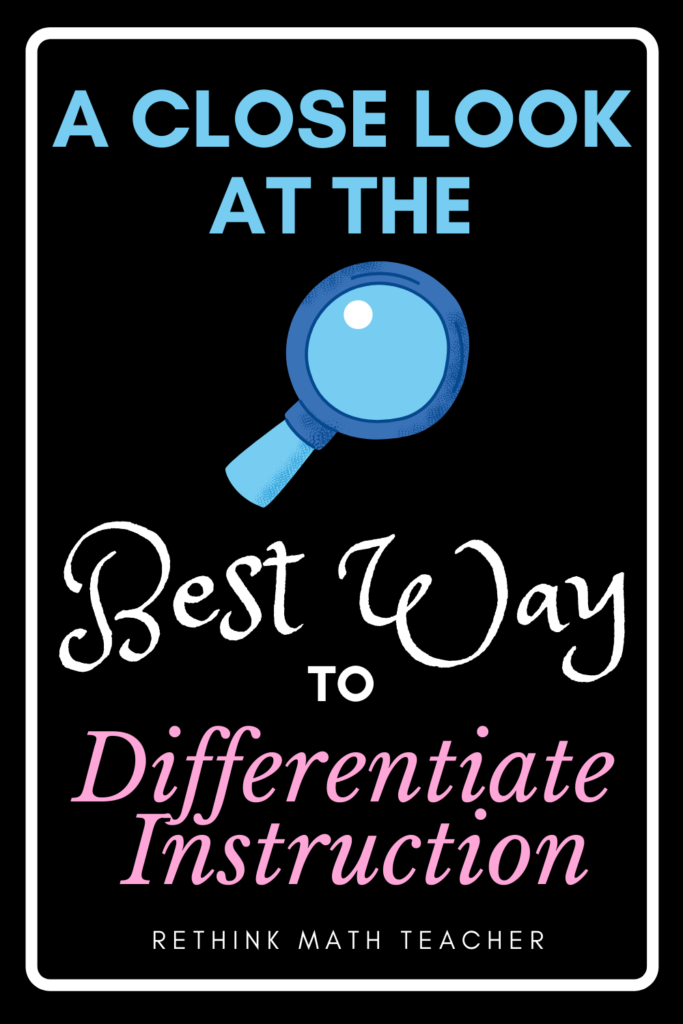
Conclusion and Recommendation
Math Centers are a good teaching strategy that can spice up a regular lesson plan and allow teachers to work in a smaller setting with their students, provided that they have good classroom management and have taught their students how to do the centers without getting off task. It also makes good use of limited technology in the classroom.
However, it misses the larger issue of why your students are struggling. And that is because some of them are lacking prerequisite skills and need remediation. It also doesn’t accommodate students who need more time than their peers to master a concept.
If you are going to use math centers, make sure that you provide immediate feedback for the questions the students are answering when they’re not with you (especially if their in a center that doesn’t have technology). Also be sure to spend time teaching your students the policies and procedures so that they will behave as expected while participating.
But I would recommend using a different type of differentiation. One that allows you to remediate students and provide increased levels of practice with immediate feedback for your students who take longer to master a math concept than their classmates.
Learn more about why Math Centers Failed my Students, by clicking here
3 – The Flipped Classroom
In the flipped classroom, students participate in the tutorial at home, usually by watching a teaching video online. This allows students to watch at their own pace, pause the video, and replay certain parts so that they can make sure that they have comprehension. Then while students are in the classroom, they participate in their independent practice problems (the ones that are normally assigned as homework). This allows the teacher to be there as they practice to provide help and correct misconceptions as they practice.
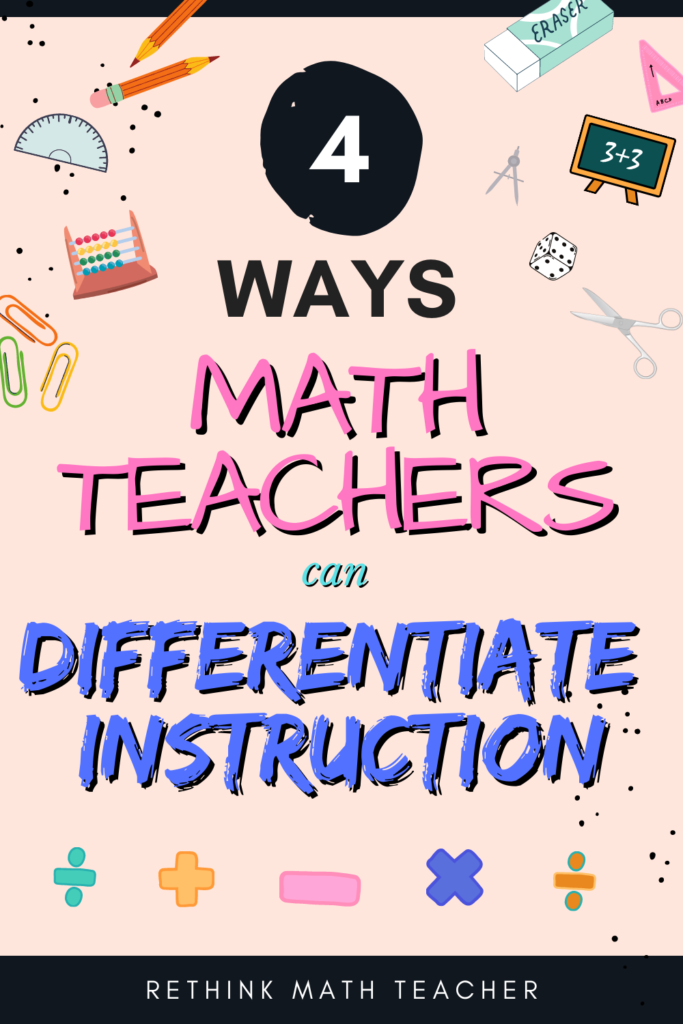
Pro’s of the Flipped Classroom
The Flipped Classroom is a great teaching concept because it places an emphasis on immediate feedback when students are practicing the skill they are trying to master, and it also makes allowances for students who take longer to grasp a concept than their peers.
Independent practice with immediate feedback is foundational to the learning process. And this teaching style accomplishes this by having students do the practice work in class, with their teacher there to support them.
The flipped classroom also allows the teacher to differentiate on what skill the student is working on – since he can assign different tutorials to different students based on need.
Con’s of the Flipped Classroom
There are two glaring issues with the Flipped Classroom.
First, what if your students don’t have access to the internet at home? How will they watch the videos?
And second, what if the student doesn’t do their homework (watching the videos) or doesn’t engage in that process with fidelity, so even though they technically watched the video, the may not have learned from it because they weren’t as engaged as they should have been.
In both scenarios, you have the same issue. The student still needs a tutorial. So what do you do?
Conclusion and Recommendation
There are a ton of great strategies that the Flipped Classroom utilizes. However, it falls apart quickly and easily. So I recommend keeping these great strategies, while finding a solution to the issue caused by students not engaging in the at home tutorials.
I accomplish this through Skills Based Learning Stations, which sets apart time in class for the tutorials, and for the in-class practice with the teacher present to help and provide feedback.
Learn more about the benefits and weaknesses of the Flipped Classroom by reading this article
4 – Differentiating Based on Skill Development
Also called Skills Based Learning Stations
This methodology recognizes that students are not all the same. They have different sets of prerequisite knowledge which will either allow them or hinder them from doing the grade level work. It also recognizes that students need carrying amounts of practice to master the skill (some need more than others) and it accommodates them.
Skills based learning stations differentiates by putting students through a series of tutorials and practice problems (with immediate feedback) based on the math concept that each student needs to master.
For example, if the class is working on adding fractions with uncommon denominators, but some students still can’t convert fractions to common denominators, and some still can’t add fractions with common denominators, the teacher is able to have each student work on the skill that they need to develop without having to remediate the whole class. And those who need no remediation because they’ve already mastered the concept are allowed to move on independently of their classmates.
Pro’s of Skills Based Learning Stations
This methodology lends itself well to many important teaching strategies including targeted remediation, data driven instruction, providing students with immediate feedback, celebrating success, and allowing students to make mistakes without having consequences.
Furthermore it allows the teacher to focus on the growth of each student.
Students make great learning gains using this methodology because they are being reached at their level, with the support that they need and they are given the time that they need to master the concept without being penalized or delaying the other students in the room.
Con’s of Skills Based Learning Stations
Setting up the stations has a larger time investment on the front end, however, once they are built the time demands are significantly reduced.
Also, since you are focused on growth and expecting mastery, your students will not pace together. While all of your students will get growth – and many students will have growth that they have never previously obtained, you will not get through all of the curriculum with all of your students. While this is in the best interest of the student, it does take a mindset shift for many teachers (and sometimes administrators as well).
Finally, it is a process. Watching a student remain on a skill for a long period of time can be frustrating. But you must continue to provide interventions, support, and immediate feedback with lots of practice.
To learn more about skills based learning stations, read this article
What Type of Differentiation do I Use?
I love using skills based learning stations in my instructional design. It allows me to reach every student in the classroom regardless of their level or need. Students who are grade levels behind and need to work on prerequisite skills, can easily and effectively be accomodated. Students who take longer to master a concept, can be given that time, without hurting their grade or slowing down the other students.
It also lends itself very well to celebrating student success, which I have found to be a very powerful teaching strategy. Another benefit to this system is that it requires data collection, which we then use to drive instruction.
Finally, this methodology has allowed me to get great gains out of my students. To learn more about Skills-Based Learning Stations, click on one of the articles below.
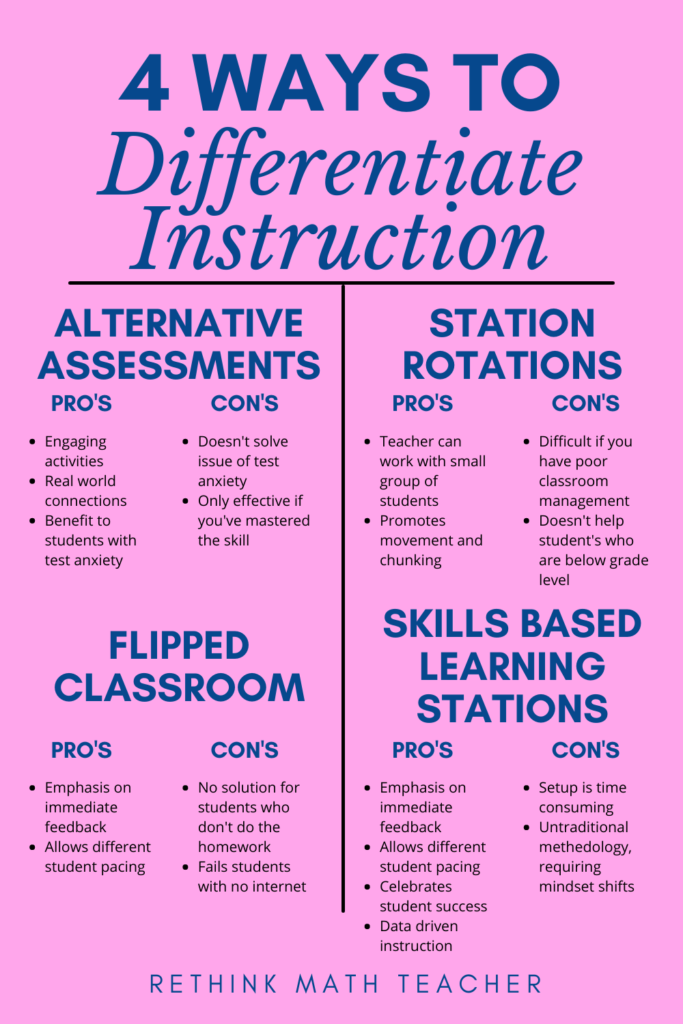
You can learn more about skills based learning stations in this article. Or you can purchase my book, Reach Them All, where I will not only explain the benefit of this system, but also walk you through the process of creating and implementing Learning Stations in your class so that you can reach all your students.
I also have an online course that teaches teachers how to create and implement their own learning stations (the book is included in the course). You can take the first part of the course for free.

